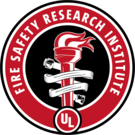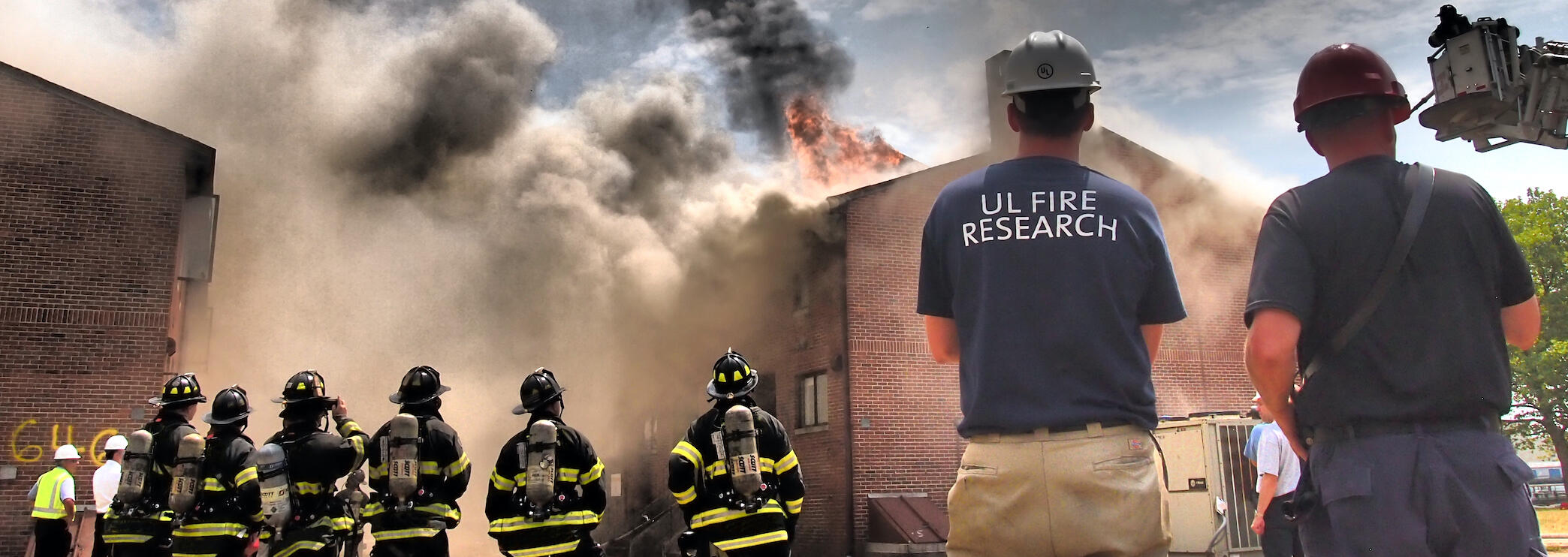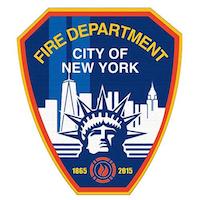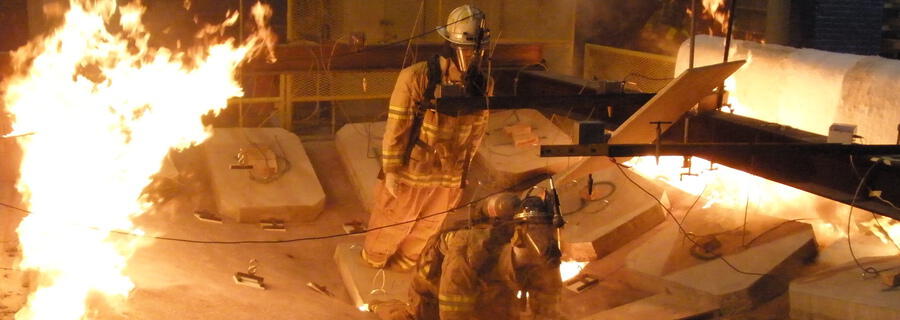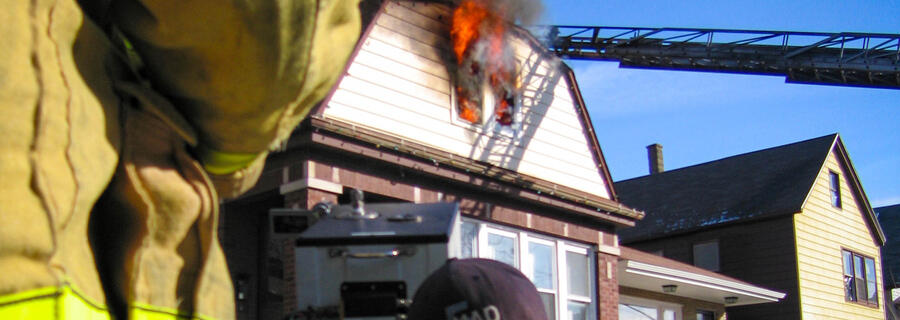UL Partners With FDNY and NIST to Advance Firefighter Safety
A series of live burn experiments designed to replicate conditions in a modern home will enable firefighters to better predict and react to effects of new materials and construction on fire.
UL has partnered with the National Institute of Standards and Technology (NIST), the New York City Fire Department, and the Governors Island Preservation and Education Corporation to utilize rigorous scientific methods to advance firefighter safety. The collaborative research team worked together for months to design the experiments that were conducted over six days in July on Governors Island in New York City and consisted of a series of live burn experiments that replicated conditions in modern homes.
“As construction has changed in recent years, as well as the type of materials that are used in home furnishings, we have experienced fires that burn faster at higher temperatures. While we’ve adjusted how we operate, the purpose of these studies is both to validate what we’ve informally observed and to guide us in developing new operational procedures that will better protect firefighters as they encounter these new realities.”
— Fire Commissioner Salvatore Cassano
The Governors Island fire research experiment marks the first time a live burn of this scale has been conducted in a real-life setting, providing the FDNY with the opportunity to carry out and practice firefighting and ventilation techniques developed by UL in controlled lab settings.
“UL has been conducting extensive fire research for over a decade,” said Gus Schaefer, Senior Vice President-Public Safety Office for UL. “We believe this research is important because it provides the science that can inform firefighters about fire behavior in different circumstances, which can empower them during critical decision-making moments.”
The live burn tests are aimed at quantifying emerging theories about how fires are different today, largely due to new building construction and the composition of home furnishings and products that in the past were mainly composed of natural materials, such as wood and cotton, but now contain large quantities of petroleum-based product and synthetics that burn faster and hotter. Where a fire in a room once took approximately 20 minutes to “flash over” — igniting all the contents — this can happen with today’s products in as little as four to five minutes.
In addition, fire professionals and experts will closely analyze how the introduction of oxygen into these scenarios impacts fire behavior and how this requires consideration of new procedures on ventilation strategies during firefighting operations.
The research/training project is an extension of research conducted by UL in 2006, 2010 and 2011, and funded by the Department of Homeland Security. The scientific results from these research projects have provided fire departments around the country with groundbreaking information that can impact firefighting tactics and choices.
In the Press
As Furniture Burns Quicker, Firefighters Reconsider Tactics
»The NY Times 1 July 2012
On a New York Island, Firefighters Set Homes Ablaze
»Reuters 4 July 2012
Why Firefighters Are Turning Up the Heat in NY
»Wall Street Daily 5 July 2012
New York Firefighters Set Homes Ablaze — to Save Lives
»MSNBC 5 July 2012
FDNY Burns Buildings To Better Understand Today’s “Hotter and Faster” Fires
»GOTHAMIST 3 July 2012
